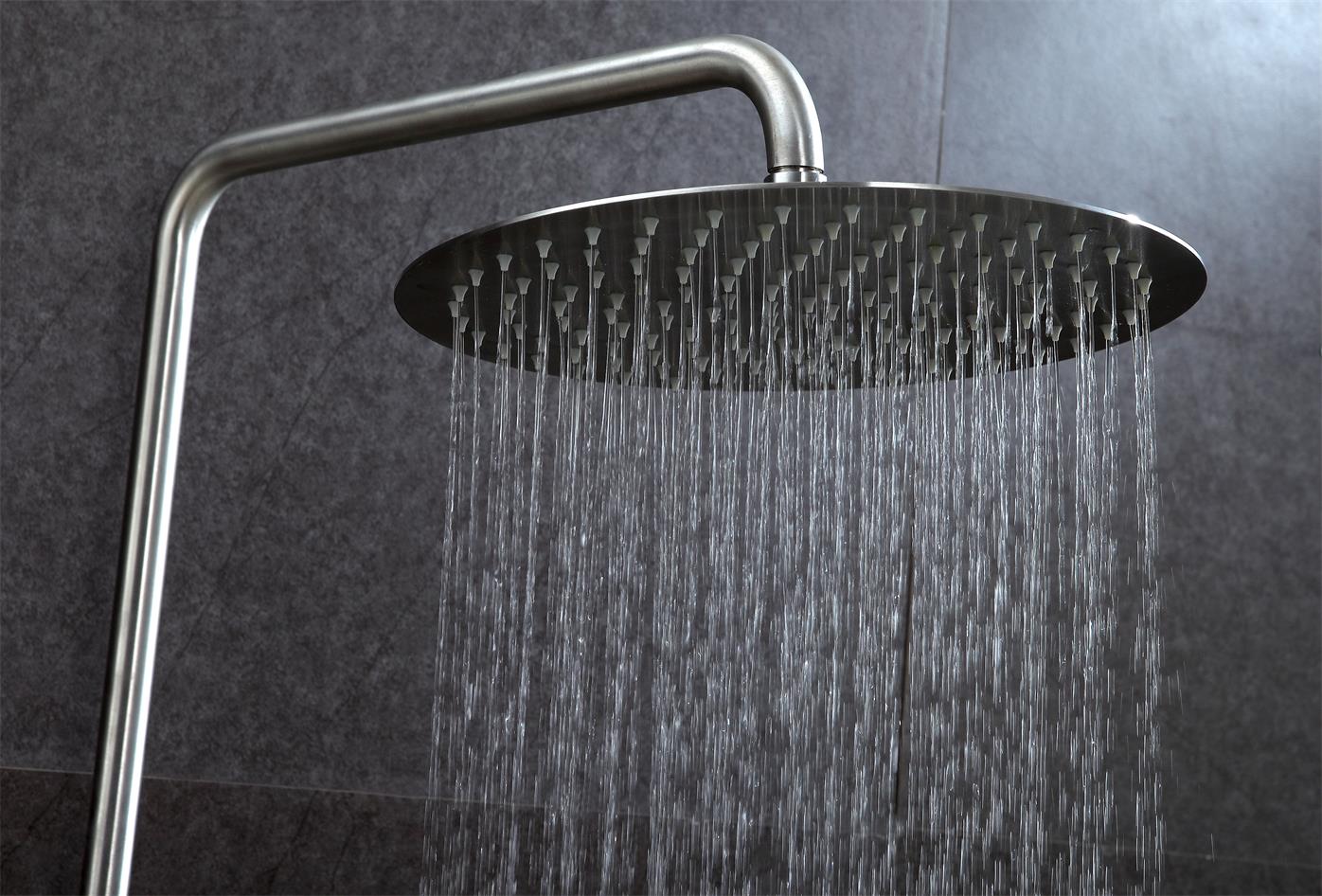There are many materials for wash basins. Microcrystalline stone wash basins are also popular. Here are the advantages and disadvantages of Microcrystalline stone wash basins.
1、 Advantages and disadvantages of Microcrystalline stone wash basin.
1) Advantages of Microcrystalline stone wash basin:
1. Excellent performance: it is more physical and chemical than natural stone: Microcrystalline stone is sintered by special process under the high temperature state similar to the formation conditions of granite. It has uniform texture, high density and high hardness. Its compression, bending and impact resistance are better than natural stone. It is durable and durable, not easy to be damaged, and there are no common fine cracks of natural stone.
2. Fine texture: the board surface is shiny and soft: the microcrystalline stone has both special microcrystalline structure and special glass matrix structure. The texture is fine and the board surface is crystal and bright. It can produce diffuse reflection effect for the incoming light, making people feel soft and harmonious.
3. Rich colors and wide range of applications: the production technology of Microcrystalline stone can produce a rich and colorful color series according to the use needs (especially the four color systems of crystal white, beige and light gray white hemp are fashionable and popular). At the same time, it can make up for the defects of large color difference of natural stone. The products are widely used in internal and external decoration of hotels, office buildings, stations and airports, and are more suitable for family decoration, such as wall, ground, decorative board, furniture, basin panel, etc.
4. Good pH resistance: excellent weather resistance: as an inorganic crystalline material with stable chemical properties, microcrystalline stone also contains glass matrix structure. Its pH resistance and corrosion resistance are better than natural stone, especially the weather resistance is more prominent. It will not fade and reduce its strength after long-term wind and sun exposure.
Anti pollution and convenient cleaning and maintenance: the water absorption of Microcrystalline stone is very low, almost zero. A variety of dirty slurry and dyeing solutions are not easy to invade and penetrate. The dirt attached to the surface is also easy to remove and wipe, which is convenient for the cleaning and maintenance of buildings.
5. It can be hot bent and deformed to make anisotropic plates: Microcrystalline stone can be heated to make various arc and curved plates required by customers. It has the advantages of simple process and low cost, and avoids the disadvantages of large amount of cutting, grinding, time-consuming, material consumption, waste of resources and so on.
6. It is impossible for modern stone to contain radioactive elements, which is not harmful to human body.
2) Disadvantages of Microcrystalline stone wash basin:
(1). Poor wear resistance,
(2). The second polishing is difficult.
(3). The design and color are rigid, lack of change, and have little natural beauty of natural stone.
(4). When fired at high temperature, large-sized plates are easy to deform, and the flatness is worse than that of polished bricks. Special pavers should be equipped, and the flatness problem can be overcome through effective construction.
(5) It is difficult to dry after cleaning, and the surface is smooth, so it is easy to slip and has great potential safety hazards
2、 What are the types of Microcrystalline stone
1. Non porous Microcrystalline stone is a new environmental protection stone of natural stone. It has the characteristics of pure color, no discoloration, no radiation, no pollution absorption, high hardness, acid and alkali resistance, wear resistance and so on. Its big features are: no pores, no foreign spots, high gloss, zero water absorption, and can be polished and renovated. You have mended the defects of ordinary Microcrystalline stone and natural stone. It is suitable for decoration places such as exterior wall, interior wall, ground, column, wash basin and countertop.
2. Monolithic microcrystalline monolithic Microcrystalline stone, also known as glass ceramics, is a new type of high-grade decorative material. It is made of natural inorganic materials, adopting specific technology and sintering at high temperature. It has the excellent characteristics of no radiation, no water absorption, no corrosion, no oxidation, no fading, no color difference, no deformation, high strength and high gloss.
3. Composite Microcrystalline stone composite Microcrystalline stone is also known as microcrystalline glass ceramic composite plate. Composite Microcrystalline stone is a high-tech new product made by compounding microcrystalline glass on the surface of ceramic vitrified brick with a layer of 3-5mm and secondary sintering. The thickness of microcrystalline glass ceramic composite plate is 13-18mm and the gloss is more than 95.
Post time: Apr-29-2022

